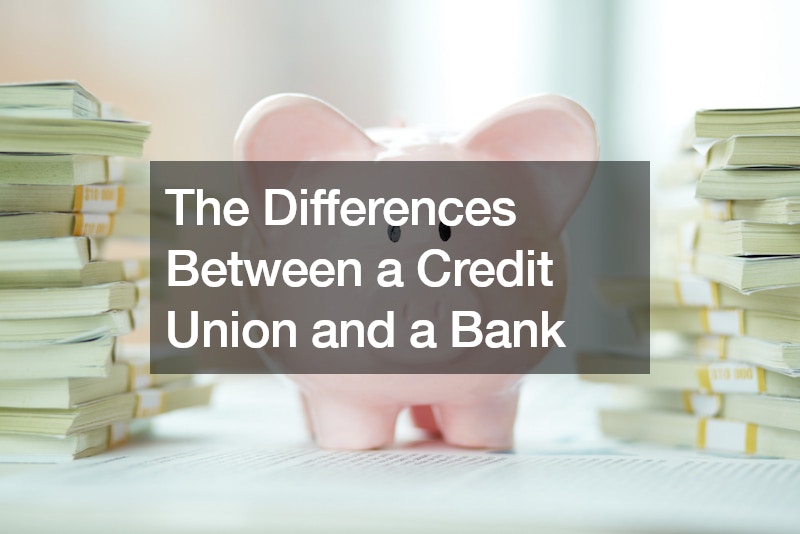
Credit unions and banks serve as pillars of the financial sector, each offering distinct advantages and services tailored to diverse needs. Banks are typically for-profit entities owned by shareholders, while credit unions are not-for-profit organizations that their members own, fostering a sense of community. Credit union lending systems often prioritize member relationships, offering more personalized service and flexibility in loan approval processes, which can be advantageous for individuals with unique financial circumstances.
Credit unions, through credit union shared branching, extend their reach beyond physical locations, allowing members to access services at thousands of locations nationwide, enhancing convenience. In contrast, banks typically have a larger network of ATMs and branches, providing a broader geographic coverage but potentially less personalized service.
Credit union data processing systems are designed to efficiently handle member transactions and inquiries, leveraging technology such as credit union mobile lending to streamline operations.

Moreover, credit union lending systems tend to prioritize efficiency and member satisfaction over maximizing profits, often resulting in competitive rates and lower fees for services. This focus on member-centric values has contributed to steady credit union growth, with millions of individuals opting for credit unions as their primary financial institution. While banks may offer a wider array of financial products and services, credit unions are often lauded for their commitment to community involvement and member well-being, embodying the philosophy of people helping people.



